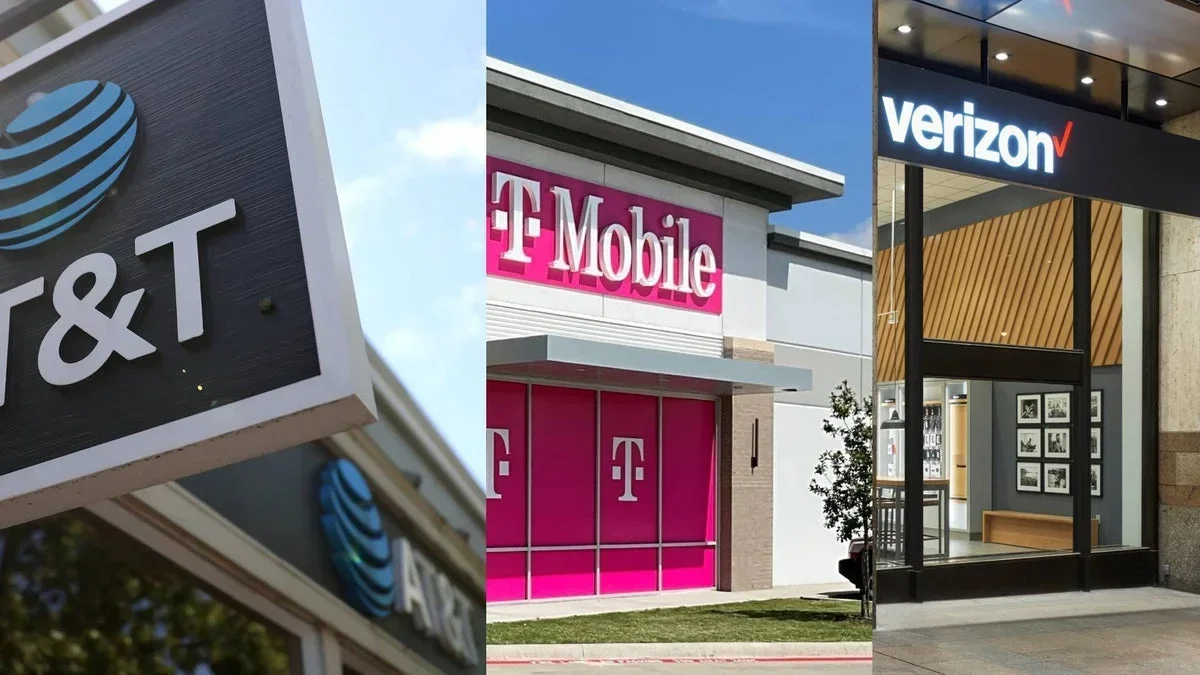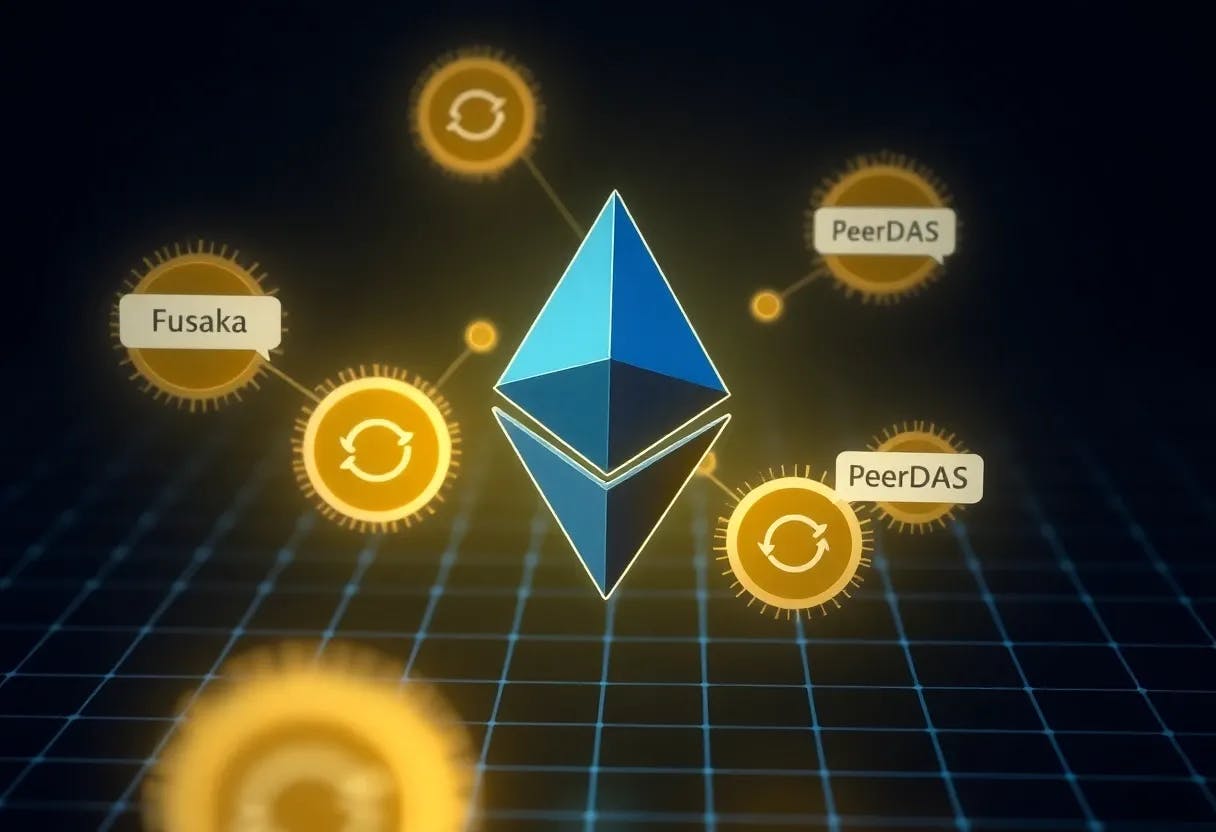Three years into the generative AI era, tech giants have committed nearly half a trillion dollars to infrastructure; yet the path to value capture remains unclear. Here’s what matters for your business.
The Scale of the Investment
Big Tech is making an unprecedented bet on AI. In 2025 alone, Microsoft, Google, Meta, and Amazon will spend approximately $400 billion on AI infrastructure; more than the entire global telecommunications industry invests annually. To put this in perspective, they’ve doubled their planned spending during 2025, not before it started.
This isn’t just hype. US data center construction is now overtaking office building construction, with power availability becoming the primary constraint. Some industry observers estimate the total investment could reach $3-5 trillion by 2030.
What this means for you: The infrastructure is being built, whether or not clear use cases exist yet. This creates both opportunity and noise; your job is distinguishing between the two.
The Product Reality Check
Despite the infrastructure surge, the product landscape tells a more nuanced story:
Models Are Converging, Not Differentiating
New AI models launch weekly with incrementally better benchmark scores, but the top performers are increasingly close in capability. More importantly, Chinese models and open-source alternatives are rapidly catching up to Western commercial leaders. Within 12-18 months, we may see dozens of models performing at similar levels.
What this means for you: Don’t build your strategy around one model provider having a sustained technical advantage. Focus instead on distribution, data, and product experience.
Distribution Still Trumps Technology
ChatGPT has 800 million weekly users, but only about 5% pay for premium access. Meanwhile, survey data shows only 10-18% of US consumers use AI chatbots daily, while 45% use them at least weekly. The gap between experimentation and daily habit remains substantial.
Google Gemini and Meta AI benefit from being embedded in existing platforms with billions of users, but haven’t yet translated that distribution into a dominant market share for standalone AI interactions.
What this means for you: User adoption is real but still early. Most people are trying AI occasionally, not replacing their existing workflows. Your AI strategy should assume gradual behavior change, not instant revolution.
Where Real Value Is Emerging
After three years of experimentation, a few clear patterns have emerged:
1. AI Coding: The New Abstraction Layer
AI-powered coding tools represent a fundamental shift comparable to cloud computing or open-source libraries. Y Combinator reports that some startups now generate 95% of their code with AI assistance. The YC batch that launched in early 2025 showed 10% weekly growth, the fastest in the program’s history.
What this means for you: Software development costs are dropping dramatically. Projects that once required large teams can now be built by small ones. Conversely, this means more competition and faster iterations from rivals.
2. Content Creation at Scale
Major consumer brands report using AI to generate 10-20x more marketing assets than before; not just faster creation of the same volume, but fundamentally more variants for testing and personalization. This includes making video production economically viable for brands that previously couldn’t afford it.
What this means for you: The cost structure of marketing is changing. Testing 300 ad variants instead of 15 becomes feasible. Personalization that once required manual work can now scale. Your creative bottleneck is shifting from production to strategy.
3. Customer Service Automation
AI customer service tools are seeing rapid adoption, but success requires careful deployment. The technology works well for routine inquiries but still struggles with complex situations requiring judgment.
What this means for you: Customer service automation can significantly reduce costs for high-volume, routine interactions. However, poor implementation damages brand perception quickly. Start with narrow use cases where errors have low consequences.
The Critical Question: Bundle or Unbundle?
This is where strategic thinking matters most. The internet unbundled physical retail—you didn’t need stores in every city to reach national customers. Now, AI is potentially unbundling the internet itself.
The Recommendation Engine Shift
For 20 years, online recommendations have worked through correlation: “People who bought X also bought Y.” This requires massive user bases generating behavioral data—creating powerful network effects and moats.
AI potentially changes this by understanding what products actually are rather than just correlating purchase patterns. If someone buys packing tape, today’s systems suggest boxes and bubble wrap based on past correlations. Tomorrow’s AI might reason: “They’re packing, so they might be moving. Perhaps they need smoke alarms for their new home, or need to update their insurance.”
What this means for you: The fundamental question is whether AI can create effective recommendations without requiring millions of users. If it can, distribution advantages erode. If it can’t, existing platforms become even more powerful.
Where Does the Value Capture?
Three years in, we still don’t have clarity on whether value accrues to:
- Model providers (OpenAI, Anthropic, Google) competing on technology
- Infrastructure players (cloud providers) competing on scale and capital
- Application companies competing on distribution and product
- Specialized providers competing on vertical expertise
Most likely, different layers capture value in different ways—but the balance remains uncertain.
What You Should Actually Do
For the next 12 months:
1. Automate the Obvious. Focus on clear use cases where AI reduces costs or increases output without requiring workflow changes:
- Marketing asset generation (more variants, faster)
- Customer service for routine inquiries
- Code generation for internal tools
- Data analysis and reporting
2. Experiment with Distribution. Test how AI affects your customer acquisition and recommendation engines:
- Can AI improve product discovery without behavioral data?
- What happens when customers use AI assistants to shop instead of your website?
- How do AI-generated ads perform compared to traditional creative?
3. Prepare for Commodification. Assume models will become commodities within 18 months:
- Don’t build moats around model selection
- Focus on data, distribution, and customer relationships
- Prepare for competitors who can build similar products faster and cheaper
What to Ignore:
Don’t chase every new model release or capability announcement. The pace of change at the model level will remain rapid, but most improvements are incremental.
Don’t assume current usage patterns predict final outcomes. We’re still in the experimentation phase. Only 10% of Americans use AI daily, and deployment in the enterprise is even earlier.
Don’t panic about existential threats or revolutionary changes in the next 6-12 months. Major shifts take 5-10 years. Cloud computing launched in 2006; by 2025, it still represents only 30% of enterprise workloads.
The Real Timeline
History provides perspective: When grocery barcodes and databases launched in 1974, they enabled retailers to manage 5x more SKUs. But this happened over 20+ years, not overnight.
E-commerce has been “disrupting” retail for 25 years and still represents only 30% of US retail sales (excluding gas and groceries). The future happens, but it takes time.
Your competitive advantage comes from:
- Understanding which changes happen fast (ad creation, code development) versus slow (consumer behavior, enterprise deployment)
- Investing in automating obvious tasks while experimenting with transformational ones
- Building on distribution and data, not model selection
- Moving faster than traditional competitors while avoiding the hype cycle
The infrastructure is being built. The technology is advancing rapidly. But the winning business models, customer behaviors, and value capture mechanisms remain unsettled. Your goal isn’t to predict the final state; it’s to position for multiple scenarios while capturing value from what works today.
The companies that win will be those that automate aggressively, experiment intelligently, and remain skeptical of both the hype and the anti-hype. That’s the real game.
Full Report From Benedict Evans: HERE









